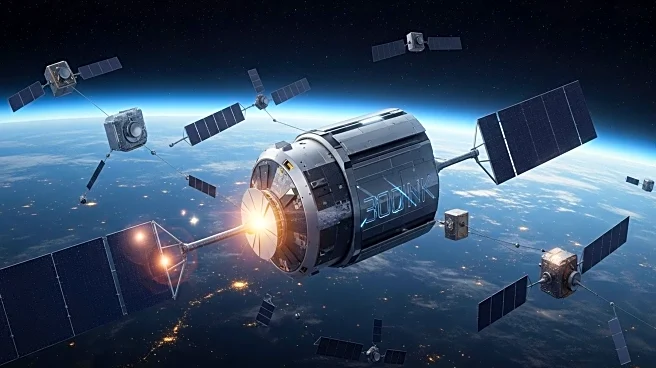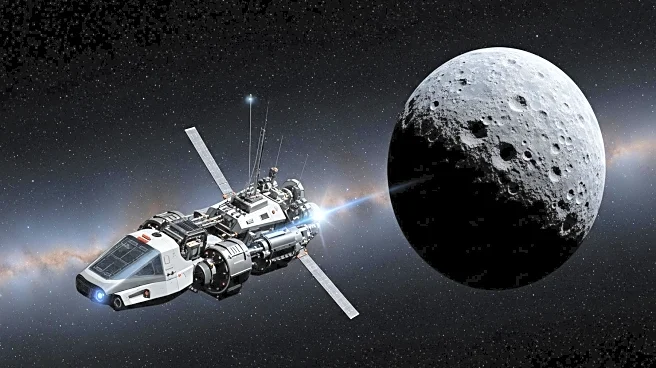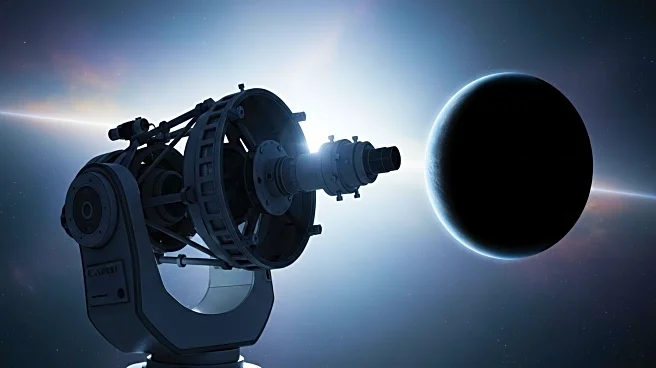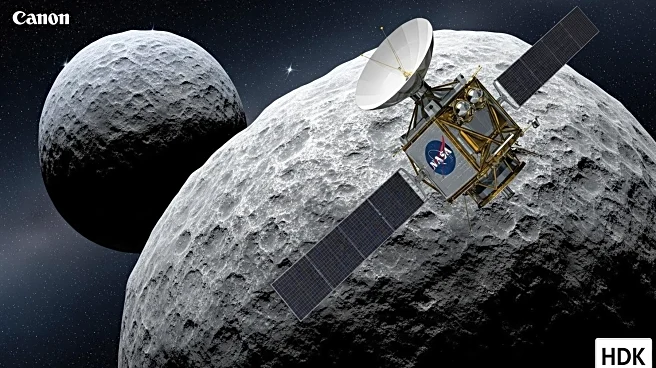What's Happening?
NASA's Laser Communications Relay Demonstration (LCRD) project is advancing space communication technology by utilizing optical modems to translate digital data into laser signals. These signals are transmitted via invisible beams of light, allowing for two-way data transmission between Earth and spacecraft. The LCRD system includes highly sensitive components for relay satellites and ground stations, enabling continuous data flow. The project employs adaptive optics to mitigate atmospheric turbulence, ensuring clear signal transmission. This development marks NASA's first two-way, end-to-end optical relay system, significantly enhancing the efficiency and capacity of space communication.
Why It's Important?
The LCRD project represents a significant leap in space communication technology, offering faster and more reliable data transmission compared to traditional radio waves. This advancement is crucial for future space missions, including lunar and Martian exploration, where efficient communication is vital for mission success. By improving data transmission capabilities, NASA can enhance scientific research and operational efficiency in space. The technology also has potential applications in other fields, such as Earth observation and satellite internet services, potentially benefiting industries reliant on high-speed data transfer.
What's Next?
NASA plans to continue testing and refining the LCRD system to further improve its performance and reliability. Future missions may incorporate this technology to enhance communication capabilities, particularly for deep space exploration. The success of the LCRD project could lead to broader adoption of optical communication systems in both governmental and commercial space endeavors. Stakeholders in the aerospace industry are likely to monitor these developments closely, as they could influence future mission planning and technology investments.
Beyond the Headlines
The implementation of optical communication systems like LCRD could lead to a paradigm shift in how data is transmitted in space. This technology may pave the way for more autonomous spacecraft operations, reducing the need for constant human intervention. Additionally, the use of adaptive optics in space communication could inspire similar innovations in other fields, such as astronomy and telecommunications, where signal clarity is paramount.










